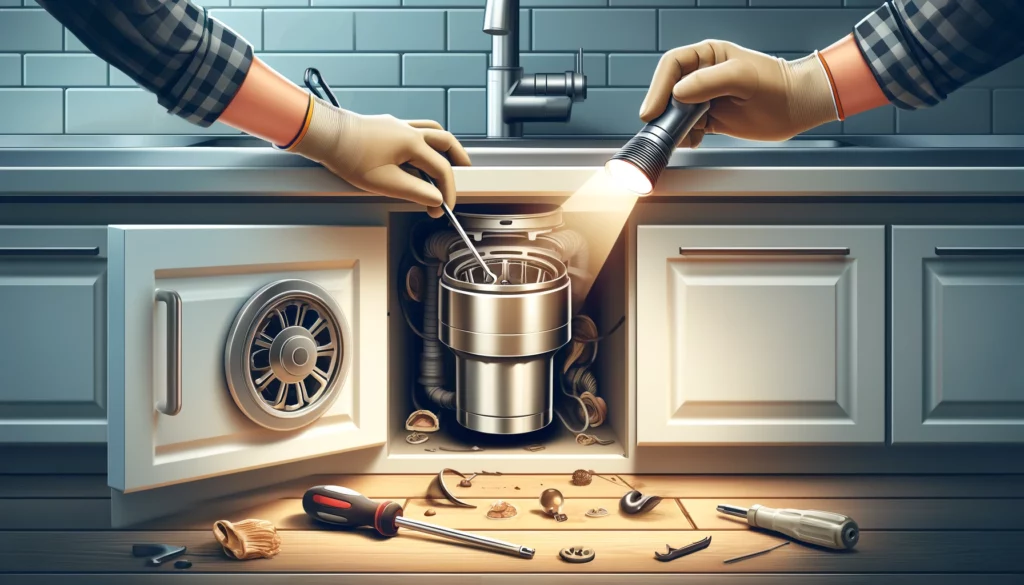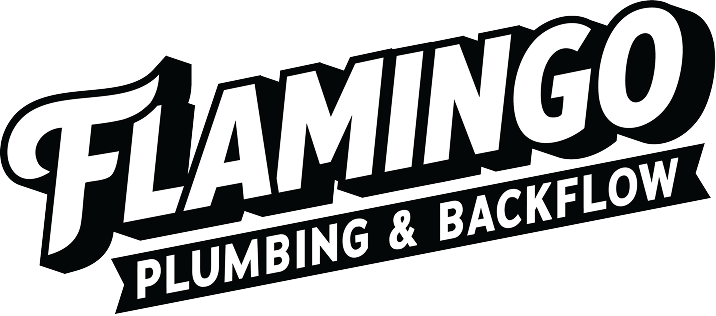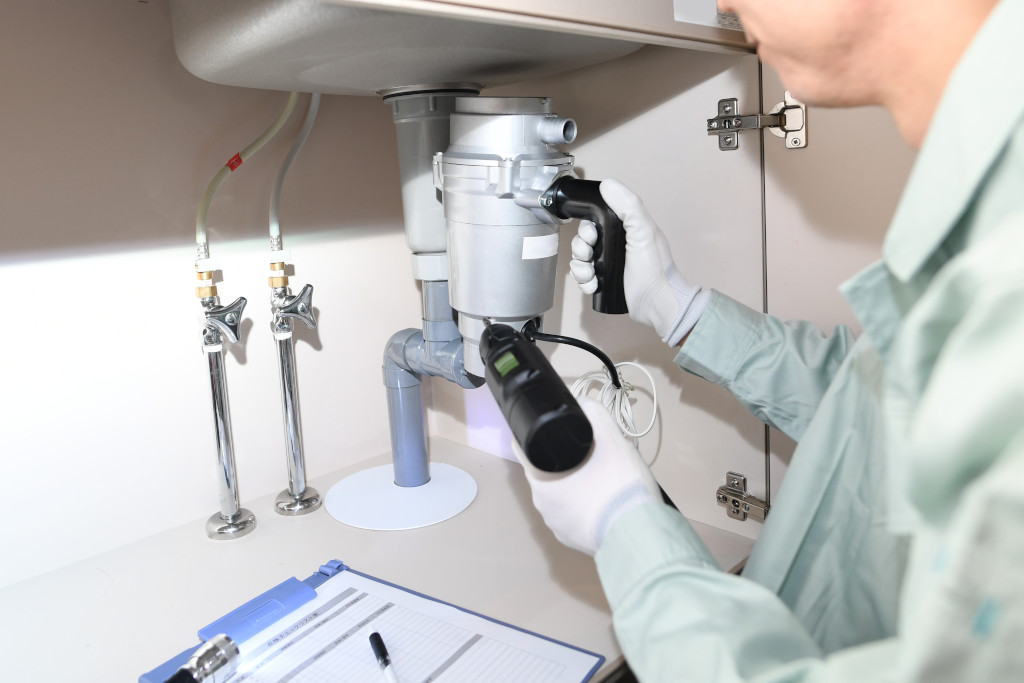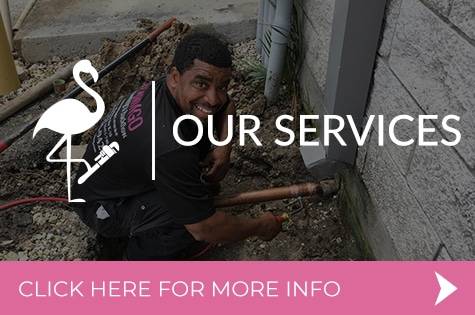A jammed garbage disposal can be a frustrating and inconvenient issue in any household, disrupting your daily routine and potentially leading to unpleasant odors or more serious plumbing problems if left unaddressed. Understanding the common causes of jams, such as food debris and improper use, is crucial for preventing them and knowing how to fix them promptly. Addressing a jammed disposal safely and effectively not only restores functionality but also helps extend the lifespan of your appliance, ensuring your kitchen runs smoothly.
Safety First: Precautions Before Starting
Before attempting to fix a jammed garbage disposal, it’s crucial to prioritize safety. Here are the key precautions you should take:
- Turn Off the Power: Disconnect the power source by unplugging the unit or turning off the circuit breaker to avoid any accidental activation while working.
- Gather Necessary Tools: Have a flashlight, tongs or pliers, a hex key (usually included with the disposal), and a sturdy pair of gloves ready.
- Avoid Using Hands: Never insert your hands directly into the disposal. Instead, use tools like tongs or pliers to remove any visible obstructions safely.
Identify the Cause of the Jam
The first step in fixing a jammed garbage disposal is identifying the cause. Start by visually inspecting the disposal with a flashlight. Look for any obvious obstructions such as food particles, utensils, or other debris.
Common culprits of jams include bones, fibrous vegetables like celery, potato peels, and small foreign objects. Gently use a tool like tongs to remove any visible items that may be causing the jam.
Manual Removal of Obstructions
Once you’ve identified the obstruction, you can proceed with manual removal. Use tongs or pliers to carefully extract any visible items from the disposal. Next, check the flywheel, which can be accessed from underneath the unit. Insert a hex key into the flywheel socket and manually turn it back and forth to free any lodged debris. This action should help dislodge the jammed material and restore the flywheel’s movement.
Resetting the Garbage Disposal
After manually removing the obstruction, it’s essential to reset the garbage disposal to ensure it functions correctly. Locate the reset button, usually a small red or black button on the bottom or side of the disposal unit.
Press and hold the reset button for a few seconds until you hear a click. This action resets the internal circuit breaker. Once reset, run cold water and briefly test the disposal by turning it on to ensure it’s operating smoothly.
When to Use a Plunger
In some cases, a plunger can be an effective tool to clear minor jams in your garbage disposal. Follow these steps for effective plunging:
- Fill the Sink Partially with Water: Ensure there’s enough water to create a seal with the plunger.
- Position the Plunger Over the Drain: Place the plunger firmly over the drain opening.
- Plunge Vigorously: Use rapid up-and-down motions to create suction and dislodge the jam.
Plunging is particularly useful when dealing with clogs caused by small food particles or debris that are not easily accessible by hand. If plunging doesn’t resolve the issue, it may be time to try another method or consult a professional.
Can Baking Soda and Vinegar Fix a Jammed Garbage Disposal?
Using a natural cleaning solution like baking soda and vinegar can be an effective method to clear minor jams and maintain your garbage disposal.
Natural Cleaning Solution: Start by pouring half a cup of baking soda into the disposal, followed by a cup of vinegar. Allow the mixture to fizz and work its way through the disposal for about 10-15 minutes. This reaction helps break down any food particles and debris causing the jam.
Benefits of This Method: This solution is not only effective but also eco-friendly, avoiding the use of harsh chemicals that can damage your disposal or plumbing. After letting the mixture sit, run hot water through the disposal to flush out any remaining debris. Repeat this process if necessary to ensure the disposal is thoroughly cleaned and free of obstructions.
When to Call a Professional

Sometimes, a jammed garbage disposal problem may be beyond the scope of DIY fixes. Here are some signs that it’s time to call a professional:
- Persistent Jams: If your disposal frequently jams despite following troubleshooting steps.
- Unusual Noises: Grinding or metallic noises that indicate internal damage.
- Leaking Disposal: Visible leaks or water pooling under your sink.
- Electrical Issues: If the disposal fails to turn on or frequently trips the circuit breaker.
Knowing when to seek professional help can save you time and prevent further damage to your disposal and plumbing system. If you’ve tried all the DIY methods and your disposal is still jammed, don’t hesitate to contact Flamingo Plumbing for expert assistance.





